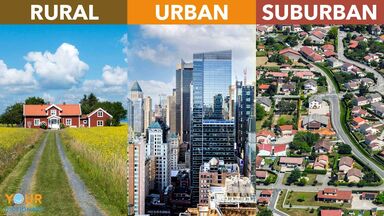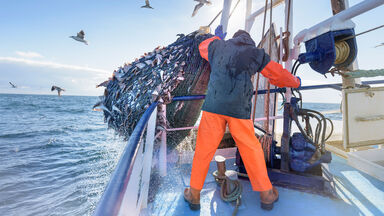Neotropical and distinctively Sonoran insects mingle with members of the Holoarctic fauna across a wide " transition zone " in North America.
In the Alleghanian Transition zone the chestnut, walnut, oaks and hickories of the South are interspersed among the beech, birch, hemlock and sugar maple of the North.
The Pacific coast Transition zone is noted for its forests of giant conifers, principally Douglas fir, Sitka spruce, Pacific cedar and Western hemlock, Here, too, mosses and ferns grow in profusion, and the sadal (Gaultheria shailon), thimble berry (Rubus nootkamus), salmon berry (Rubus spectabilis) and devils club, (Fatsia horr-ida) are characteristic shrubs.
In the eastern forest region the number of species decreases somewhat from south to north, but the entire region differs from the densely forested region of the Pacific Coast Transition zone in that it is essentially a region of deciduous or hardwood forests, while the latter is essentially one of coniferous trees; it differs from the forested region of the Rocky Mountains in that the latter is not only essentially a region of coniferous trees, but one where the forests do not by any means occupy the whole area, neither do they approach in density or economic importance those of the eastern division of the country.
The Tibetan race, which probably belongs to the Turko-Mongol stock, is divided between the nomadic tentdwelling Tibetans of the lake region and transition zone between it and the river region, and the settled sedentary population of the valleys.





